Democratic Party Platform: We Fact-Checked the Science
Party Stance

Live Science examined the 2016 Democratic Party platform, released Monday (July 25), to find out how decisions by Hillary Clinton, the Democratic nominee for president, and other elected Democratic officials might impact environmental, health and technology issues. Then, our reporters and editors dug into the scientific research related to the party's stances on issues from climate change to health screenings.
[Read our analysis of the Republican National Committee platform and Election Day 2016: A Guide to When, What, Why and How]
Here's Live Science's guide to the Democratic National Committee (DNC)'s platform and the science that may support or run contrary to these party stances.
Related: When did Democrats and Republicans switch platforms?
Policies related to science
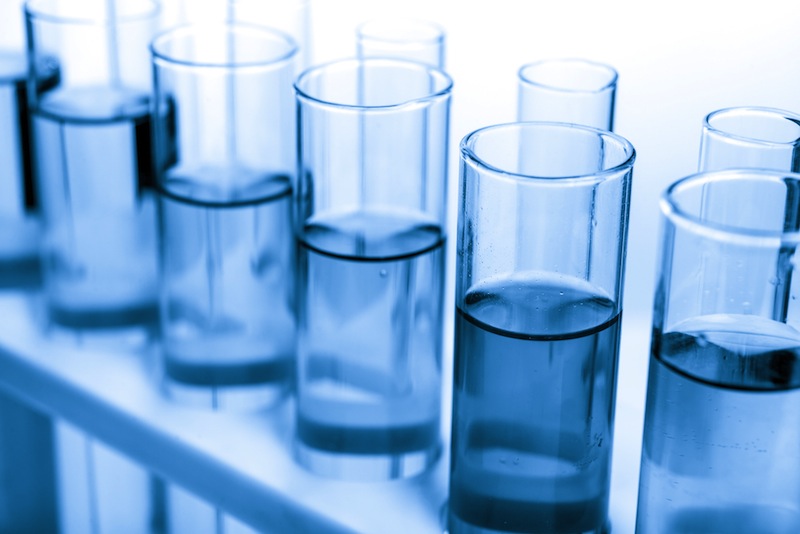
The DNC platform lays out numerous policies aimed at bolstering research in science, technology and medicine. Here are several examples from the platform:
"Democrats support ambitious public and private investments in science, technology, and research."
"We support policies that will allow more research on marijuana…"
"We will strengthen support for NASA and work in partnership with the international scientific community to launch new missions to space."
"Democrats believe we must accelerate the pace of medical progress, ensuring that we invest more in our scientists and give them the resources they need to invigorate our fundamental studies in the life sciences in a growing, stable, and predictable way."
Climate change
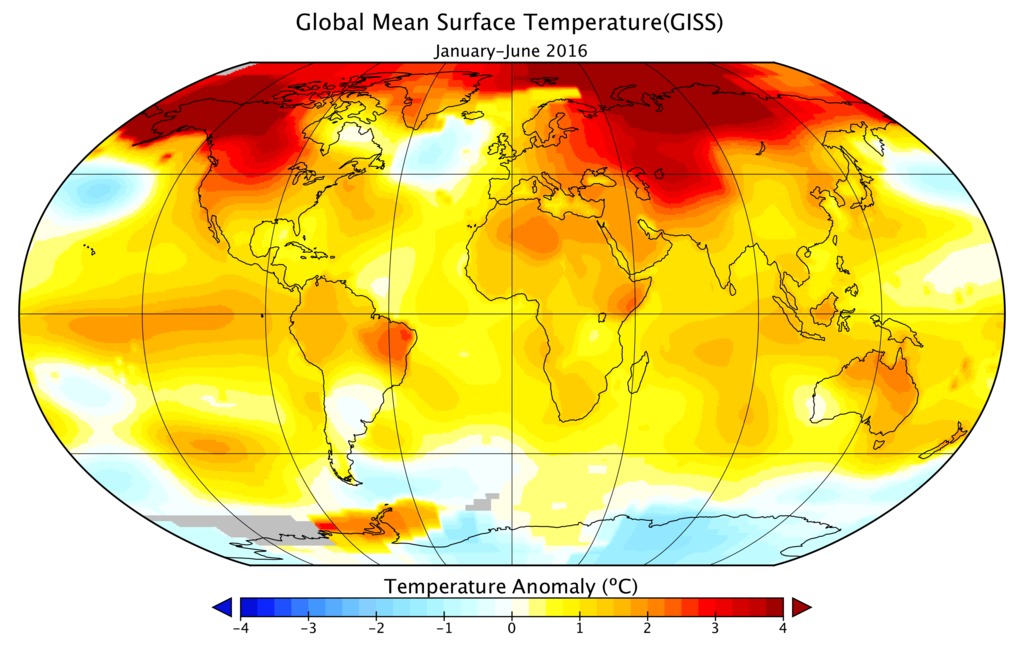
DNC platform: "Climate change is an urgent threat and a defining challenge of our time. Fifteen of the 16 hottest years on record have occurred this century… The best science tells us that without ambitious, immediate action across our economy to cut carbon pollution and other greenhouse gases, all of these impacts will be far worse in the future."
The science: A growing body of evidence confirms that rapid climate change, driven by human activity, is underway, and if steps are not taken quickly to slow its pace, the repercussions for the planet could be devastating.
Data recently released by NASA suggested that there is a 99 percent chance that 2016 will finish up as the hottest year on record, with each of the first six months already shattering temperature records. Not only have all 16 of the hottest years on record occurred during this century, but all of them fall within the past two decades. According to the National Oceanic and Atmospheric Administration (NOAA), the 16 warmest years since record keeping began in 1880 all occurred between 1998 and 2015, with 2015 currently ranked as the hottest year to date and 2014 taking second place.
Years with low precipitation combined with longer and more frequent heat waves, which are brought on by climate change, are more likely to cause severe drought, studies have shown, while wildfire seasons are also getting longer and may become more frequent in certain regions if dry conditions prevail.
Another consequence of higher temperatures is melting sea ice and glaciers. Sea-ice cover in the Arctic is at a record low since observations began 40 years ago, according to NASA. Arctic animals that depend on sea ice face shrinking habitats, with reduced access to places where they can mate, raise their young, or hunt for food. And with less ice cover to reflect the sun, more of its heat is absorbed by the ocean, warming it further and threatening vulnerable marine wildlife.
Meanwhile, melting ice raises sea levels, which can threaten coastal cities and even submerge islands, creating climate refugees. By some estimates, sea levels around the world could rise as much as several meters before the end of this century.
Climate models further suggest that a warming world carries an increased risk of extreme weather, with a study published in the September 2013 issue of the Bulletin of the American Meteorological Society finding that global warming could be linked to at least six extreme weather events in 2012, including a severe U.S. heatwave and Hurricane Sandy.
Clean energy
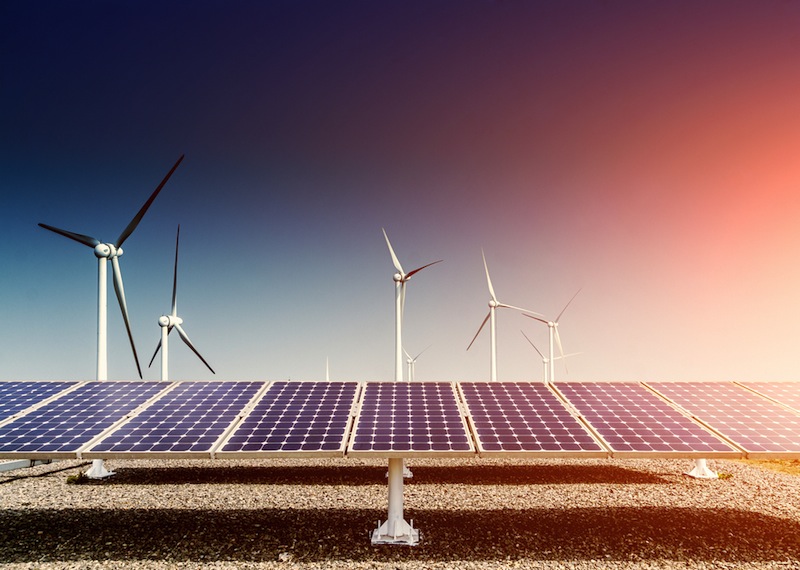
DNC platform: "Democrats believe that carbon dioxide, methane and other greenhouse gases should be priced to reflect their negative externalities, and to accelerate the transition to a clean energy economy and help meet our climate goals."
The science: The gradual heating of the Earth, known as climate change or global warming, is due to the greenhouse effect. Ninety-seven percent of scientists attribute climate change to human activity, because burning fossil fuels releases high concentrations of greenhouse gases. Carbon dioxide (CO2), methane and other greenhouse gases act like a blanket over the Earth, absorbing the sun's radiation and preventing it from escaping into space.
In an effort to curtail greenhouse gas emissions and diminish the impact of human activities on the health of the planet, 195 nations signed the Paris Agreement in 2015. By cutting greenhouse gas emissions, the Paris Agreement's overall goal is to keep average global temperatures from rising more than 3.6 degrees Fahrenheit (2 degrees Celsius) above pre-industrial levels.
The agreement, like many before it, does not include an enforcement mechanism or penalty, which has led to a call for taxes on greenhouse gas emissions, and carbon in particular. There is already a growing global momentum to put a price on carbon emissions, according to the World Bank, with about 40 national and 23 subnational governments establishing carbon-pricing mechanisms.
Clean energy sources, as an alternative to fossil fuels, also help to reduce greenhouse gas emissions. Renewable energies — like solar and wind power, or newer technologies like ocean energy turbines — have low emissions (if any at all). The United Nations Intergovernmental Panel on Climate Change (IPCC) also noted the feasibility of renewable energy technologies. In the panel's 2014 report, the IPCC wrote that clean energy sources "have achieved a level of technical and economic maturity to enable deployment at a significant scale."
In fact, the renewable energy industry and other technological advances that harness the power of nature were referred to as the Fourth Industrial Revolutionat the 2016 World Economic Forum annual meeting.
Arctic and Atlantic Drilling
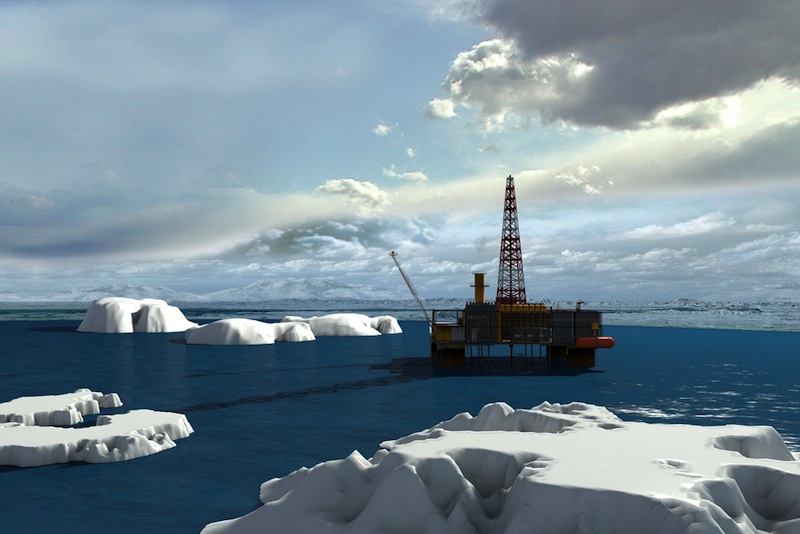
DNC platform: "We oppose drilling in the Arctic and off the Atlantic coast, and believe we need to reform fossil fuel leasing on public lands. We will phase down extraction of fossil fuels from our public lands, starting with the most polluting sources, while making our public lands and waters engines of the clean energy economy and creating jobs across the country. Democrats will work to expand the amount of renewable energy production on federal lands and waters, from wind in Wyoming to solar in Nevada."
The science: The government-owned National Petroleum Reserve–Alaska (NPRA) spans an impressive area of 22.8 million acres (92,000 square kilometers) in northern Alaska, according to the U.S. Department of the Interior (DOI). This reserve holds about 896 million barrels of oil and about 52.8 trillion cubic feet (14.9 trillion cubic meters) of natural gas underneath it, the U.S. Geological Survey (USGS) found in 2010, the DOI said.
However, environmental groups and Native American tribes are concerned about the effects that onshore and offshore drilling will have on native wildlife, including bowhead whales and seals, according to an opinion piece by the Natural Resources Defense Council. Furthermore, the Federal Bureau of Ocean Energy Management (BOEM) has warned of potential oil spills in the area, Live Science reported.
And Total, one of the world's five largest oil companies, has said that drilling for oil in the Arctic carries too high of a risk, according to The Atlantic. "An oil leak would do too much damage to the image of the company," former Total CEO Christophe de Margerie, who died in 2014, told the Financial Times in 2012, when asked about drilling in Greenland, another Arctic region.
However, the federal government has plans to lease three untapped seams (or layers of coal or ore) in Alaskan waters by 2022, The Atlantic reported. But it's unclear whether any companies will pursue these seams, as last year Royal Dutch Shell announced it had ended its Arctic drilling because the cost of oil was too low to make up for the costs of acquiring it, The Atlantic said.
Moreover, drilling for oil off of the Eastern Seaboard has faced resistance from the Pentagon, which announced in March 2016 that oil rigs on the country's Atlantic Coast could interfere with U.S. Armed Forces' operations, The Atlantic reported.
Keystone XL Pipeline

DNC platform: "We support President Obama's decision to reject the Keystone XL pipeline. As we continue working to reduce carbon dioxide, methane and other greenhouse gas emissions, we must ensure federal actions do not 'significantly exacerbate' global warming."
The science: The Keystone XL pipeline was a proposed project to carry tar sands oil — a mixture of clay, sand, water and thick, black oil — 1,179 miles (1,897 kilometers) from Alberta to Nebraska. However, the entire pipeline systems would have branched into the Midwest and the Gulf Coast, spanning a total of 2,639 miles (4,247 km), according to TransCanada, the Calgary-based company proposing the project.
President Barack Obama vetoed legislation authorizing the pipeline's construction, citing protection of the environment, as well as economic and energy security concerns.
An investigation by the Environmental Protection Agency (EPA) found that if the pipeline were constructed and run at full capacity, it would release greenhouse gases every year equal to the annual output of 5.7 million cars on the road or almost eight coal-fired power plants, according to the Los Angeles Times. The EPA report went on to warn that, over a 50-year period, the tar-sands-oil project could have emitted about 1.3 billion more tons of greenhouse gases than if it were carrying conventional crude oil.
5G technology
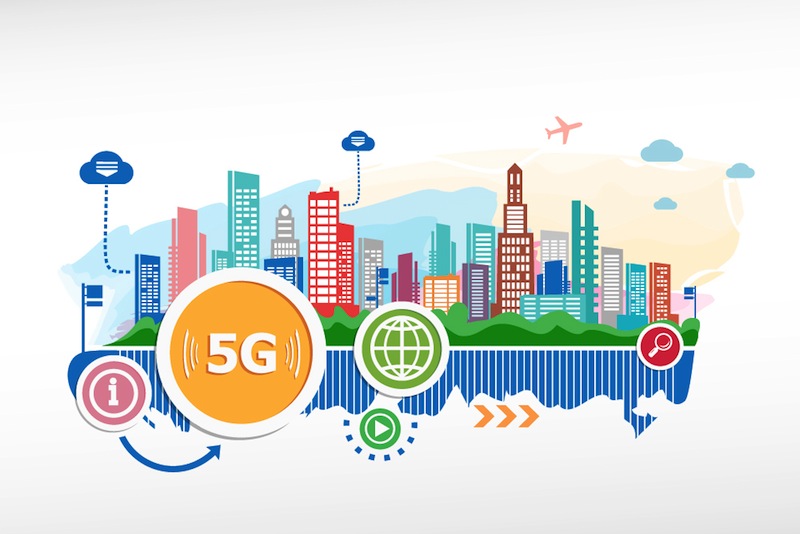
DNC platform: "We will take action to help America widely deploy 5G technology — the next generation wireless service that will not only bring faster internet connections to underserved areas, but will enable the Internet of Things and a host of transformative technologies."
The science:
5G is the next generation of technology standards for wireless connection, which is expected to enhance existing 4G service, just as 4G improved upon 3G technology. While the network standards have not been officially established, 5G promises faster download speeds, reduced latency, longer battery life for devices, ultra-reliability and reduced energy consumption.
Predicting the use of future mobile tech is notoriously difficult because the industry evolves so rapidly, but the improved speed promised by 5G should allow for increased connectivity via the Internet of Things (IoT). The IoT is a network of devices that can exchange and process data independently, otherwise known as machine-to-machine communication. With 5G technology, devices will be able to communicate in a smarter and more efficient manner, according to Tom’s Guide.
"[A] 5G-enabled smart-home hub pinging a sensor for status updates wouldn't need huge throughput or for the signal to travel a long distance, but it will need a speedy response. Devices that are 5G-capable will be able to tap the right frequencies to send signals based on what kind of message is being sent," reported Tom's Guide.
One of the main challenges facing the implementation of 5G technology is spectrum availability, reported Tech Republic. If companies want to deliver improved performance, they need more wireless spectrum to facilitate it.
"Spectrum is and will remain a major challenge for the success and early rollout of 5G. We don't have enough spectrum in general and 5G is a lot about optimizing the use of spectrum," Thibaut Kleiner, head of the European Commission's CONNECT (Communications Networks, Content, and Technology) Directorate-General, told Tech Republic.
In 2014,the Federal Communications Commission ruled on the release of 100MHz of unlicensed spectrum for high-speed Wi-Fi in the 5 GHz band. According to some industry experts, 5 GHz is key to deploying 5G networks.
Exactly when, where, and how 5G technology will become globally available is still ambiguous, though industry experts estimate it could be implemented by 2020.
Autism screening

DNC platform:"We will conduct a nationwide early screening outreach campaign to ensure that all children, and in particular children from underserved backgrounds, can get screened for autism."
The science: Screening for autism spectrum disorders is recommended at 18 months and 24 months at well-child doctor visits, according to the CDC.
However, there is some disagreement among medical organizations as to the benefits of such screening.
The U.S. Preventive Services Task Force, which makes evidenced-based recommendations for health screenings, said in February that there is currently insufficient evidence to determine whether or not it is beneficial to screen young children "for whom no concerns of [autism spectrum disorder] have been raised by their parents or a clinician."
The American Academy of Pediatrics (AAP), however, asserts that while researchers should continue to study the impact of screening and interventions for children with autism spectrum disorders, "strong evidence already exists on the benefit of formal screening using standardized tools." For screening to be effective, all children must be screened, the AAP says.
One screening method, called the Modified Checklist for Autism in Toddlers – Revised, with Follow-Up, or M-CHAT-R/F, determines a child's risk of having autism as low, medium or high, based on how parents respond to 20 questions, according to the National Institutes of Health. When researchers studied the screening method, they found that 95 percent of children who had been identified as being at-risk were eventually found to have some form of developmental delay, the NIH said.
Reducing unintended pregnancies & abortions

DNC platform: "We recognize that quality, affordable comprehensive health care, evidence-based sex education and a full range of family planning services help reduce the number of unintended pregnancies and thereby also reduce the need for abortions."
The science: Family planning services include access to contraceptives, pregnancy testing and counseling, services to help women get pregnant and infertility services.
Research suggests that family-planning services can help reduce rates of unintended pregnancies and abortions. For example, a 2012 study in the journal Obstetrics and Gynecology found that providing free, reliable birth control to women led to a significant reduction in the rates of unplanned pregnancies and abortions.
"When contraception is easily available, free or inexpensive, and it is widely known how to get it and how to use it, abortion rates plummet, because the only way couples control their fertility effectively without abortions is through contraception," Carol Hogue, a professor of epidemiology and the Terry Professor of Maternal and Child Health at Emory University, told Live Science in 2012.
In addition, teens who receive comprehensive sex education, which includes information about birth control, as opposed to abstinence-only education, are less likely to become pregnant, according to a 2008 study.
Moreover, the American Academy of Pediatrics encourages programs that encourage abstinence as the best option, but also that discuss prevention of sexually transmitted diseases and the use of contraception. These types of programs have been shown to delay the start of sex and increase the use of birth control among sexually active teens, according to the AAP.
Ending sexual assault

DNC platform: "Democrats will fight to bring an end to sexual assault … We will provide comprehensive support to survivors, and ensure a fair process for all on-campus disciplinary proceedings and in the criminal justice system. We will increase sexual violence prevention education programs that cover issues like consent and bystander intervention, not only in college, but also in secondary school."
The science: Nearly 1 in 5 women (19.3 percent) and 1 in 59 men (1.7 percent) in the United States report being raped at some point in their lives, according to a survey administered by the Centers for Disease Control and Prevention (CDC).
As the DNC suggests, educational programs aimed at preventing sexual violence can be effective. For instance, one program in Canada found that female college students who took part in rape prevention classes were half as likely to be raped than women who did not take the class, according to a 2015 study published in the New England Journal of Medicine.
Moreover, unless they understand the psychology of the situation, bystanders may find it difficult to intervene when they come across a sexual assault, experts told Live Science.
For example, no one intervened when a woman was raped in broad daylight on a crowded beach in Florida in 2015. That's likely because of "diffusion of responsibility," in which people assume that others will take responsibility, Dave Schroeder, a professor of psychological science at the University of Arkansas, told Live Science in 2015.
But if children are taught about bystander intervention, they may feel more responsibility to intervene or call for outside help, sociologists told Live Science. The same goes for consent, they said.
If young children are taught that "You only pet the kitten when the kitten wants to be petted; and you only hug your friends when your friends want hugs," then "That creates this culture where you only engage with people in ways they consent to," Tal Peretz, an assistant professor of sociology at Auburn University in Alabama, told Live Science in July.
School-based drug education programs
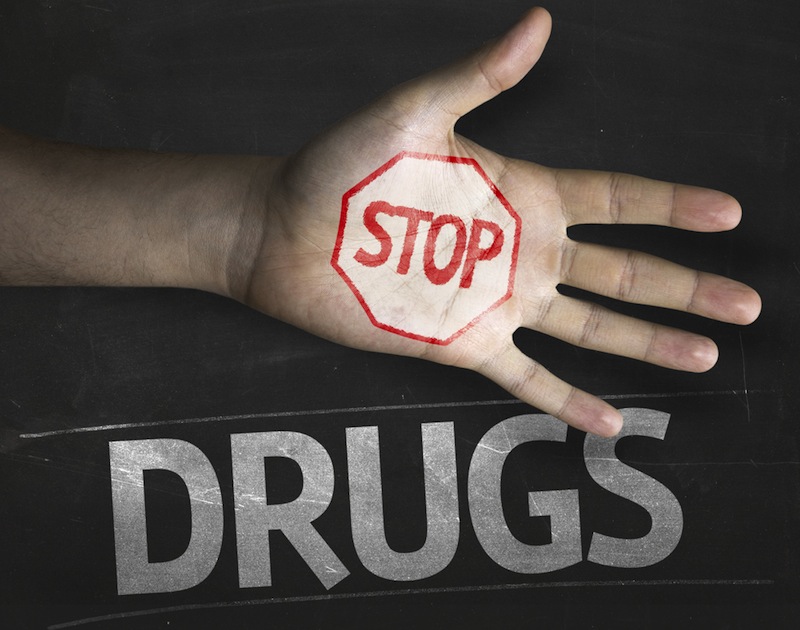
DNC platform: "We should also do more to educate our youth, as well as their families, teachers, coaches, mentors and friends, to intervene early to prevent drug and alcohol abuse and addiction. We should help state and local leaders establish evidence-based, age-appropriate, and locally-tailored prevention programs. These programs include school-based drug education programs that have been shown to have meaningful effects on risky behavior."
The science: Results of studies on school-based drug education programs have been mixed. In the past, many school-based education programs focused on providing children with information about the dangers of drug use, and often attempted to evoke fear, according to a 2007 review paper. But studies found that these earlier programs weren't very effective at preventing drug use. For example, the Drug Abuse Resistance Education (DARE) program was widely used in the United States in the 1990s, but many studies showed that it neither prevented nor delayed drug use, according to a 2012 review paper published in The Lancet.
But later programs that taught children skills to refuse drug offers and corrected the misperception that "everyone's doing it" have been more effective. For example, a 2003 study of children at risk for drug use found that those who received this type of drug education program reported less frequent smoking, drinking and use of multiple drugs one year later compared with those who didn't receive the program.
The overall impact of these programs may be small. Researchers from RAND estimated that school-based drug education programs reduce lifetime use of tobacco by 2.3 percent, abuse of alcohol by 2.2 percent, and use of cocaine by 3 percent. But researchers concluded that these small reductions in drug use are still valuable, "because the social costs of drug use are so high."
Sign up for the Live Science daily newsletter now
Get the world’s most fascinating discoveries delivered straight to your inbox.











